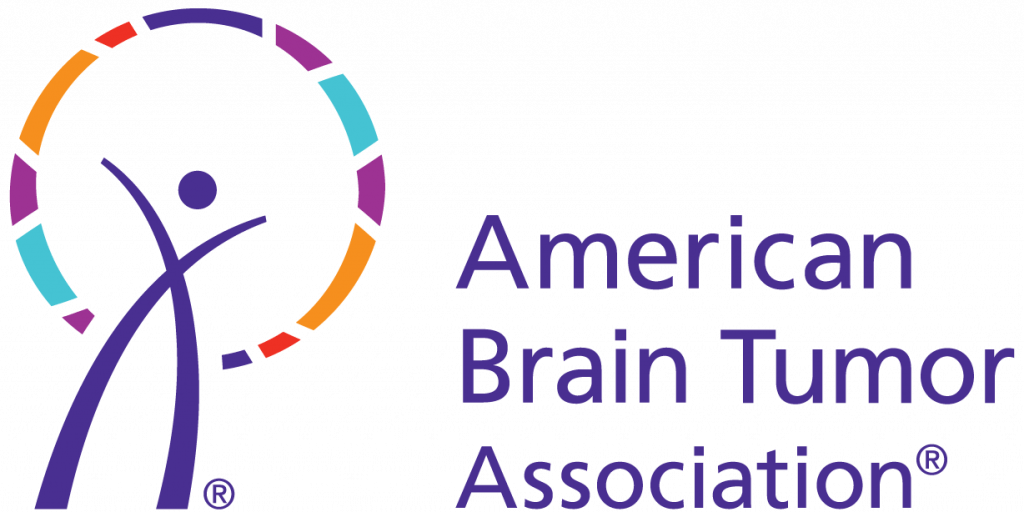A hemangioma is an abnormal buildup of blood vessels in the skin or internal organs. Two types of hemangiomas are discussed here:
- Hemangioblastoma: These tumors are benign (non-cancerous), slow-growing, and well defined. They arise from cells in the linings of blood vessels. Hemangioblastomas tend to have well defined borders. They do not typically invade surrounding healthy tissue. Single or multiple tumors may be present.
- Hemangiopericytoma: These are rare, grade II or III tumors. They appear to originate in the cells surrounding the blood vessels in the meninges. They do not invade the brain, but can recur locally or even spread elsewhere in the body (bone, lung, and liver). This spread generally does not take place until late in the disease.
Location
Hemangioblastomas are most often found in the lowest part of the brain, the posterior fossa (brain stem and cerebellum). However, they can also occur in the cerebral hemispheres, the spinal cord, or even the retina. Hemangiopericytomas arise in the meninges, or coverings of the brain and spinal cord.
Symptoms
The most common symptoms of hemangioblastoma include headache, nausea and vomiting, gait disturbances, and poor coordination of the limbs. Symptoms of hemangiopericytoma depend on the location of the tumor. Most patients usually have symptoms for less than a year before diagnosis.
Treatment
Surgery is the standard treatment for hemangioblastoma and hemangiopericytoma. Incompletely removed tumors or tumors attached to the brain stem might be treated with a form of focused radiation.
Incidence
Hemangioblastomas represent about 2% of all primary brain tumors. About 10% of patients with hemangioblastoma have VonHippel-Lindau disease. If you have VonHippel-Lindau disease, you are more likely to be affected by this type of tumor, as well as tumors of the liver, pancreas, and kidneys.
Hemangioblastoma can occur at any age, but is most commonly found in people who are around 40. Hemangiopericytomas tend to affect younger people.
Additional Resources
Content last reviewed:
May 2018




